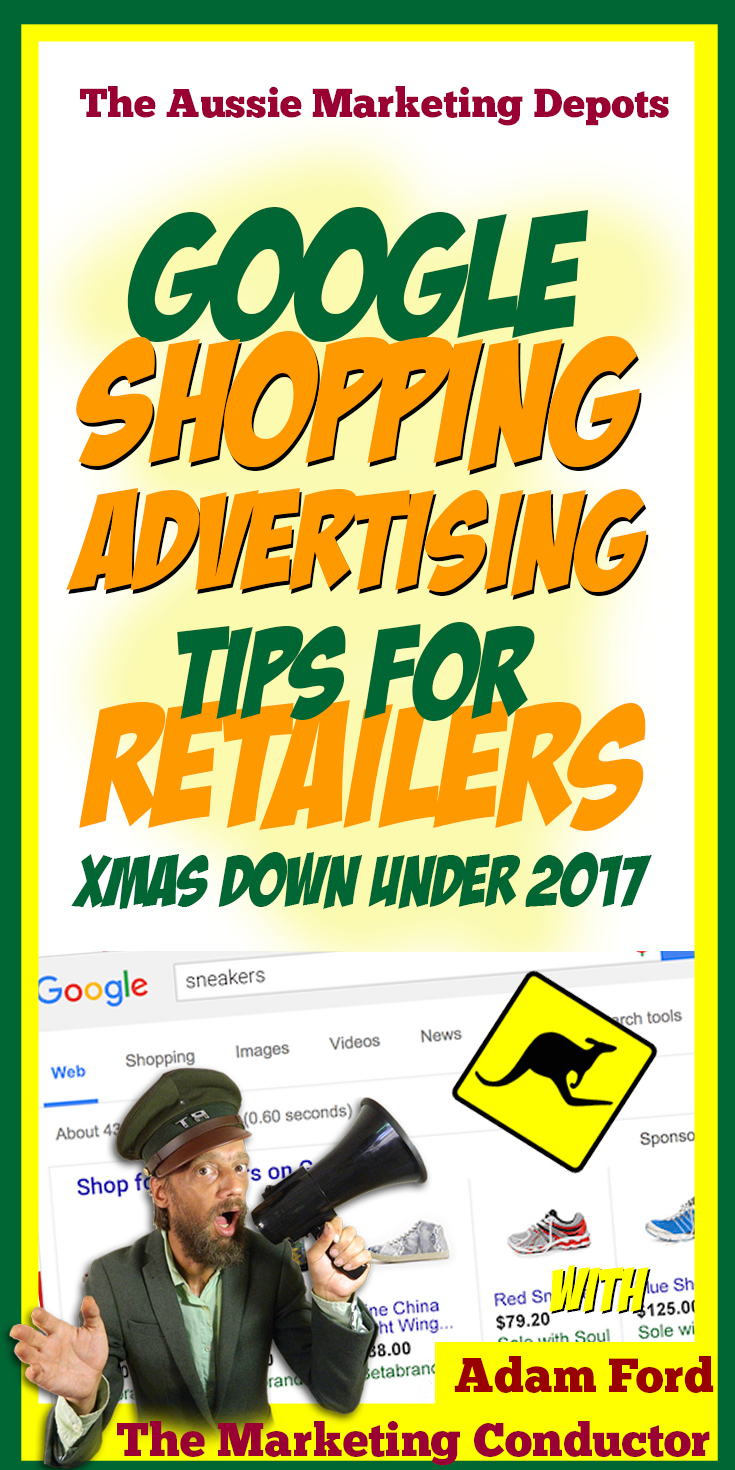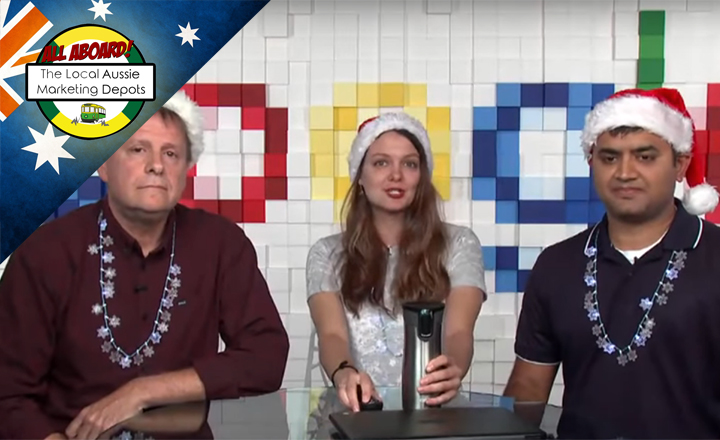






The good folks at Adwords have just live streamed a highly informative session for ecommerce advertisers over on Youtube, and it's a goldmine of information for anyone running Google Shopping Ads or thinking about it. See the bottom of the post for the full video.
For those who aren't clear, Google Shopping Ads are those IMAGE+PRICE+PRODUCT type entries that will often appear in your Google search results (see image).

Google Shopping also has its own rather prominent search tab. And so it should. We are advising ecommerce advertisers that some of your best ROI advertising results are almost certainly to be found in this space, and if you're seeing results there, then Bing Shopping Ads are almost certainly your next best option.
As always, we martyr ourselves here at Rattling Tram on your behalf. We've sat through the entire occasionally very tedious half hour so you don't have to, and distilled all the juice from it to save you half an hour of your life, with some added Australian perspective for vendors down under.
The shift to mobile shopping continues unabated, with mobile ecommerce predicted to this year clock over $100bn in sales worldwide for the first time. Over half of christmas holiday related searches, and over 1/3 of Black Friday purchases are now happening on mobile, with Home and garden as well as toys and games being two particularly strong categories on mobile search right now.
And the growth in Google Shopping ads continues, with users clicking shopping ads around 50% more this year than last, and with the ad unit seeing a stellar 70% growth on mobile.
FREE SHIPPING is also becoming an increasingly strong motivator for shoppers, becoming ever more ubiquitous as an offer from ecommerce vendors, and heading in to Black Friday/Cyber Monday this year it is becoming increasingly EXPECTED by shoppers. Rattling Tram is predicting that within a likely ten year timeframe, free shipping will become the standard mode for ecommerce.
Showcase Shopping Ads are a new feature that allows advertisers much greater control over how their products are presented. Showcase Shopping ads tend to show on more general or lower intent searches, where the user is searching on a more general term like "electric guitars" rather than "Fender Stratocaster".
These are similar to Showcase or Carousel type ads from other platforms, and these ad units tend to attract higher engagement, so are recommended a look for ecommerce vendors. It's an opportunity for you to present your products as a series of "ranges" or "collections", and advertisers are seeing good results from strategic investment here.
Google recently announced an important new metric that will particularly inform your Shopping Ads campaigns - ATIS - auction top impression share. This new metric can only be viewed in the NEW Adwords interface, but Google are recommending that you keep an eye on this metric for your BEST PERFORMING products. You want to see that those products are the ones that are performing best against this metric to ensure your best products are the ones being served most frequently.
Google Shopping Ads require advertisers to set up a Google Merchant Center account, to which a product feed from your website is added. Most common ecommerce platforms offer an easy plugin solution for providing a regularly updated feed, and this is the recommended approach for most retailers.
Importantly for dropshippers, Shopping Ads require products to have a unique MPIN or GTN, which is really just a fancy way of saying "a properly registered barcode". If you are selling products from Alibaba, you will almost certainly need to purchase a package of these codes to add to your product feed. Every product variant you wish to promote via Google Shopping will require its own GTN or MPIN.
Advertisers should be taking note of the new "Opportunities" section in their Merchant Center. The look and the language will all be very familiar to Adwords advertisers. It's a user friendly section that suggests practical improvements to your campaigns, and the recommendations are usually pretty on the mark. Vendors are strongly advised to look carefully at any recommendations Google provides here.
Slightly more technically, Google are now recommending that advertisers implement Schema.org markup on their site advising product price and availability, as Google will use this data to inform price and availability on Google Shopping in between any regularly scheduled feed updates.
Retailers should be thinking about seasonal promotions for their products already, and its important to be planning now to implement those promotions through their Shopping Ads, not merely in-store. Google remind advertisers that where implementation and approval of their time-limited promotions can take up to 24 hours for approval through Google, to plan for these promotions well in advance.
You can use the Sale Price Effective Date field in your feed to limit the timeframe of your promotion, so promotions can actually be loaded up well in advance of the actual sale date.
The video shows advertisers how to use their Adwords reporting to gain insights from last year's seasonal sales to inform your promotional decisions for Christmas 2017.
And if you need any help setting up or strategising your Shopping Ads campaigns or merchant feed, we love to help. Please 'Contact Us' via either the sidebar on the right of this page, or the top menu.
You can view the complete video here: